Quick Bits: Ayacucho is a city of spirit and survival. Nestled in the Peruvian Andes, it blends history, resilience, and artistry. The city reflects a deep Quechua heritage and...
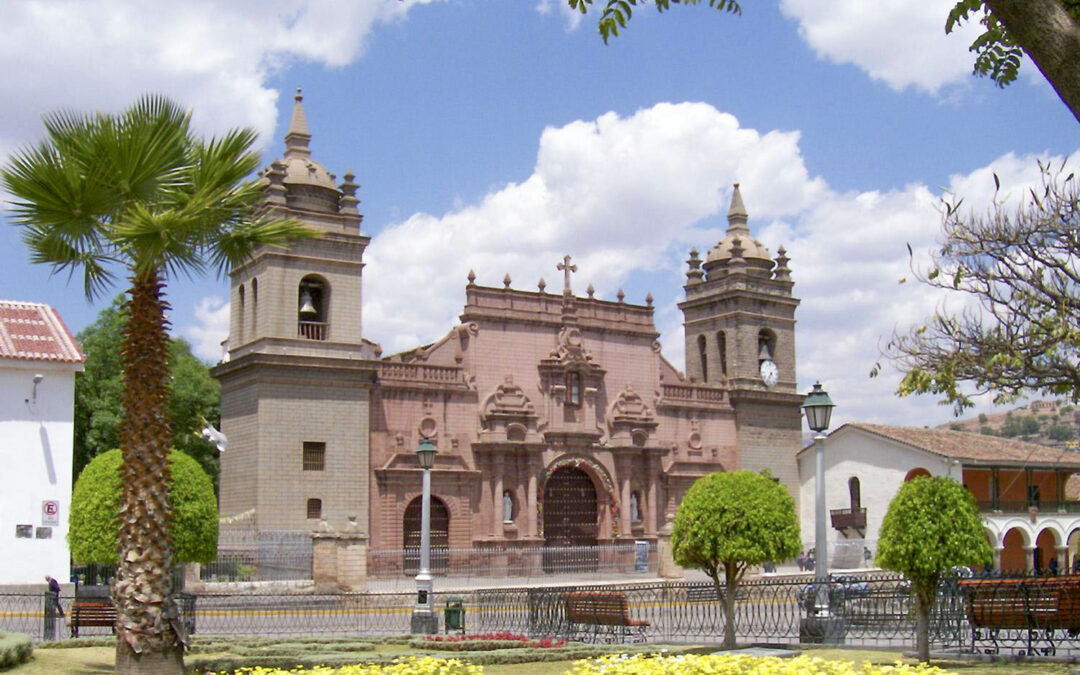

Quick Bits: Ayacucho is a city of spirit and survival. Nestled in the Peruvian Andes, it blends history, resilience, and artistry. The city reflects a deep Quechua heritage and...
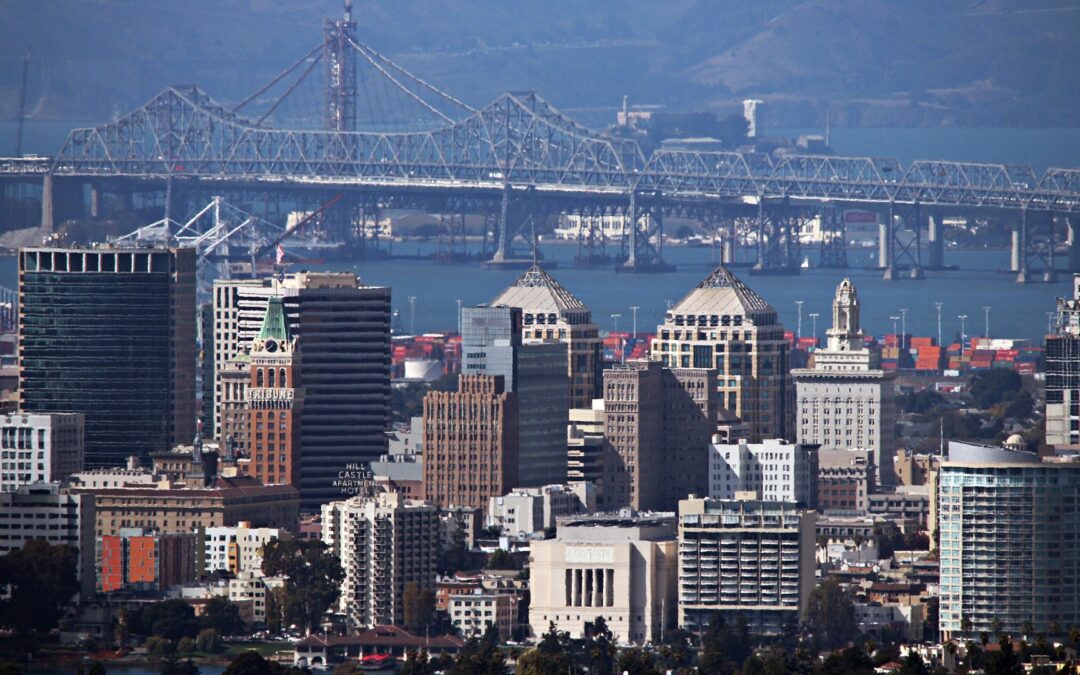
Quick Bits: Oakland stands on the east side of San Francisco Bay. It’s the beating heart of California’s East Bay region. This city carries layers of culture, history, and...
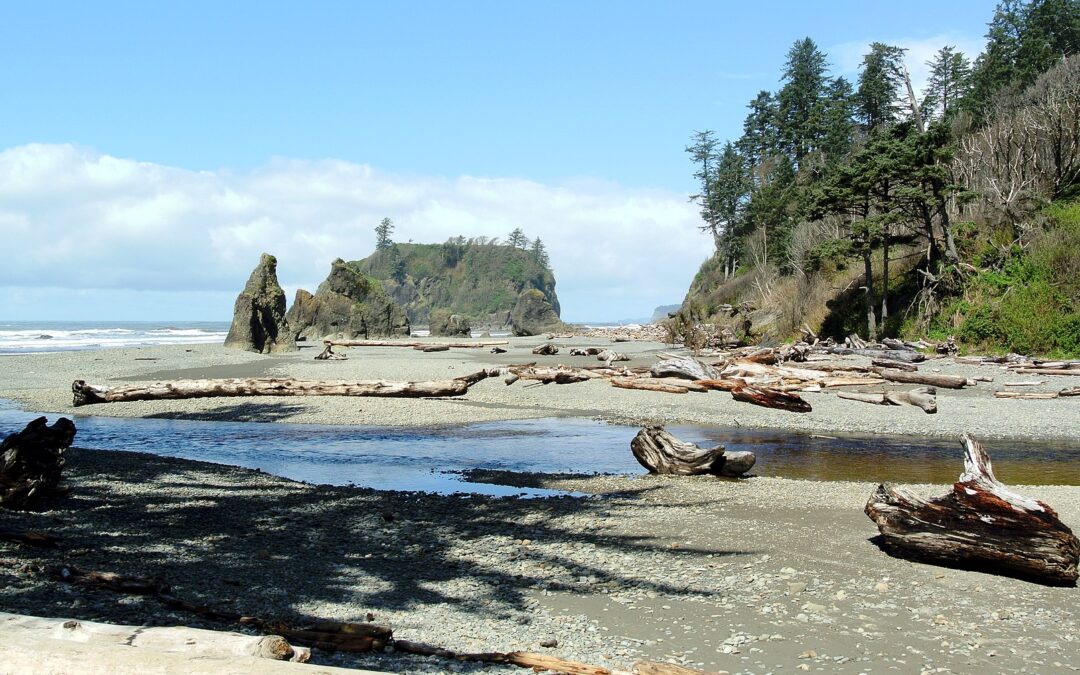
Quick Bits: Olympic National Park, located in northwestern Washington, spans over 1,400 square miles and showcases some of the most diverse ecosystems in the United States....
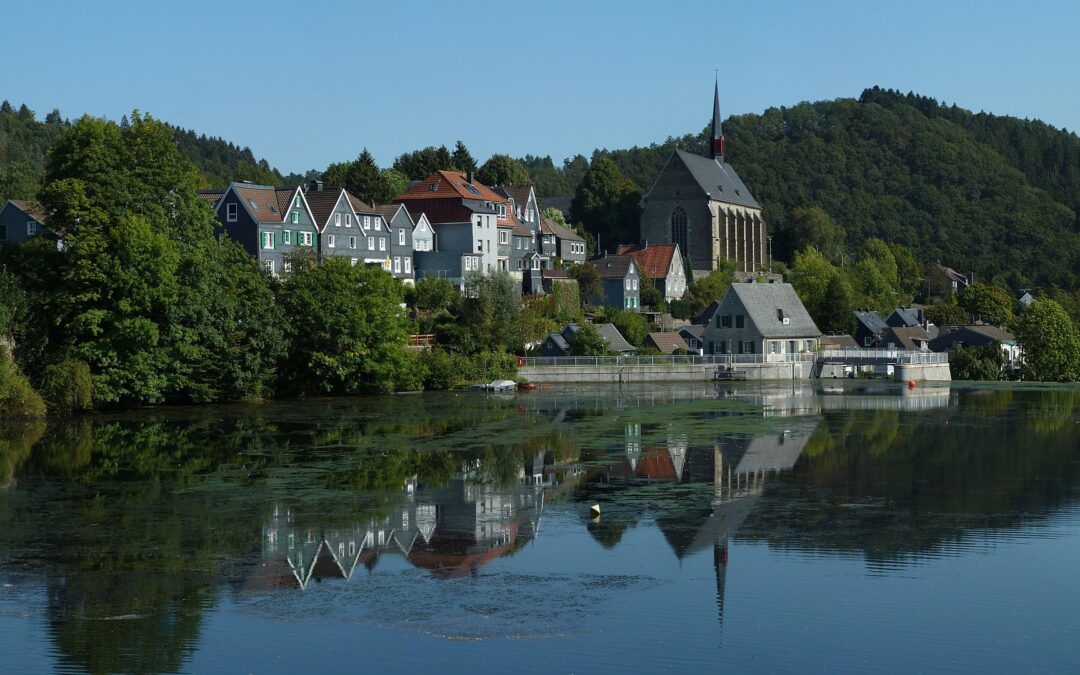
Quick Bits: Wuppertal sits in the German state of North Rhine-Westphalia. Known for its steep hills, lush valleys, and historic buildings, it holds a distinctive character. The...
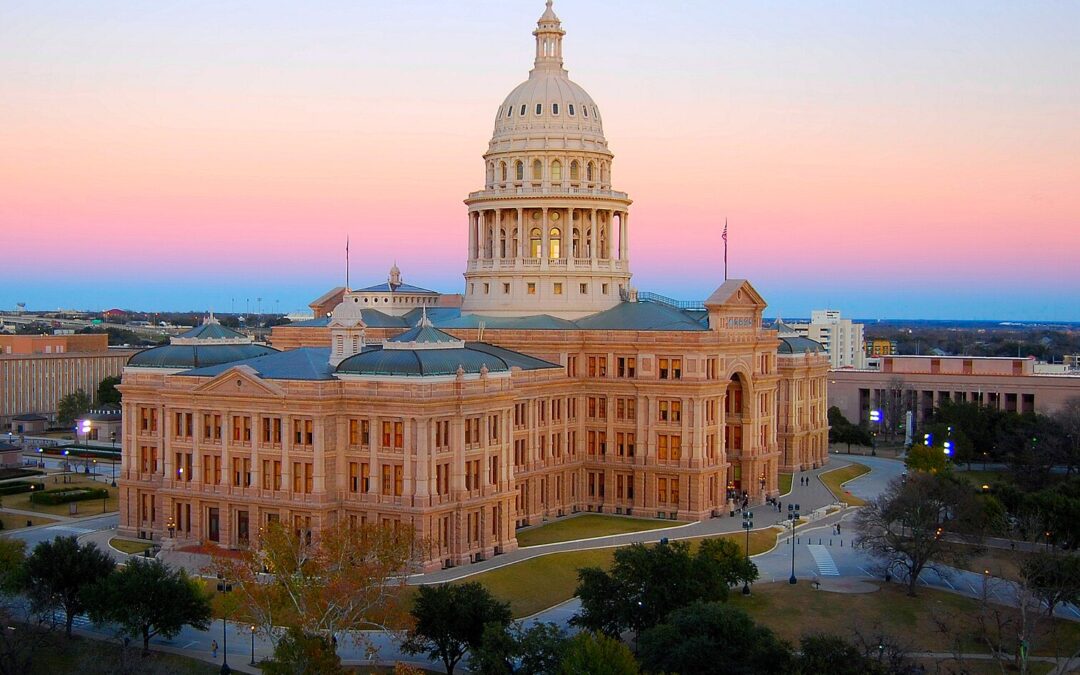
Quick Bits: Austin, the capital of Texas, stands out for its bold blend of nature, creativity, and enterprise. Known as the “Live Music Capital of the World,” this city pulses...
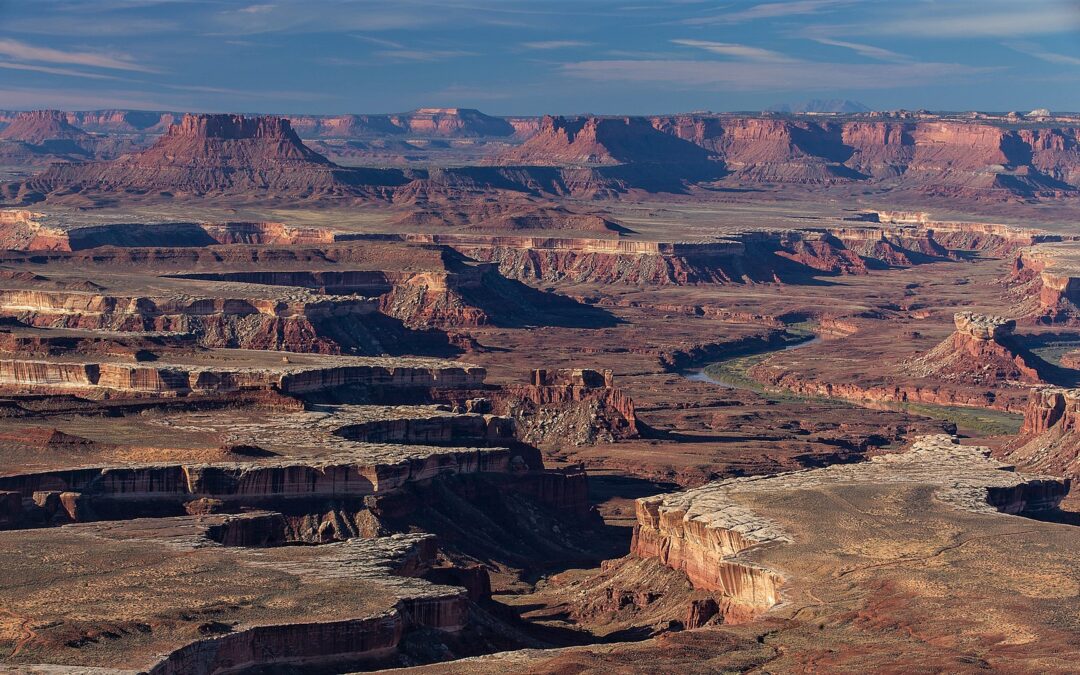
Quick Bits: Canyonlands National Park stands as a testament to the enduring power of nature. Located in southeastern Utah, it spans more than 330,000 acres of rugged desert...
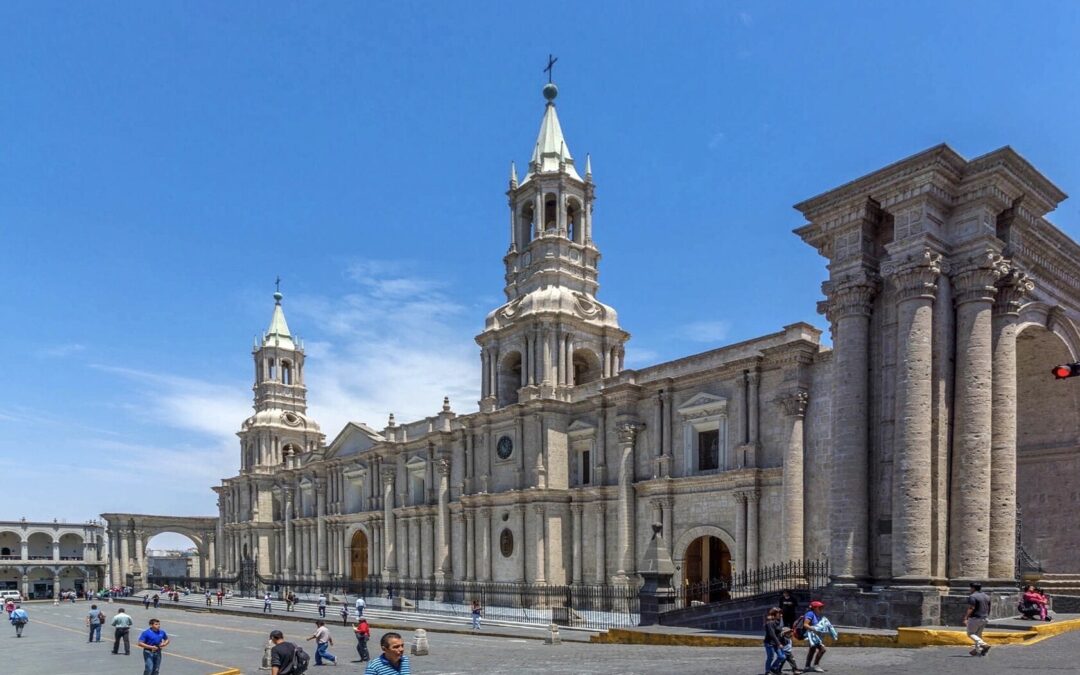
Quick Bits: Arequipa is a captivating city in southern Peru. Framed by towering volcanoes and rich with history, it carries the nickname “La Ciudad Blanca” or the White City....
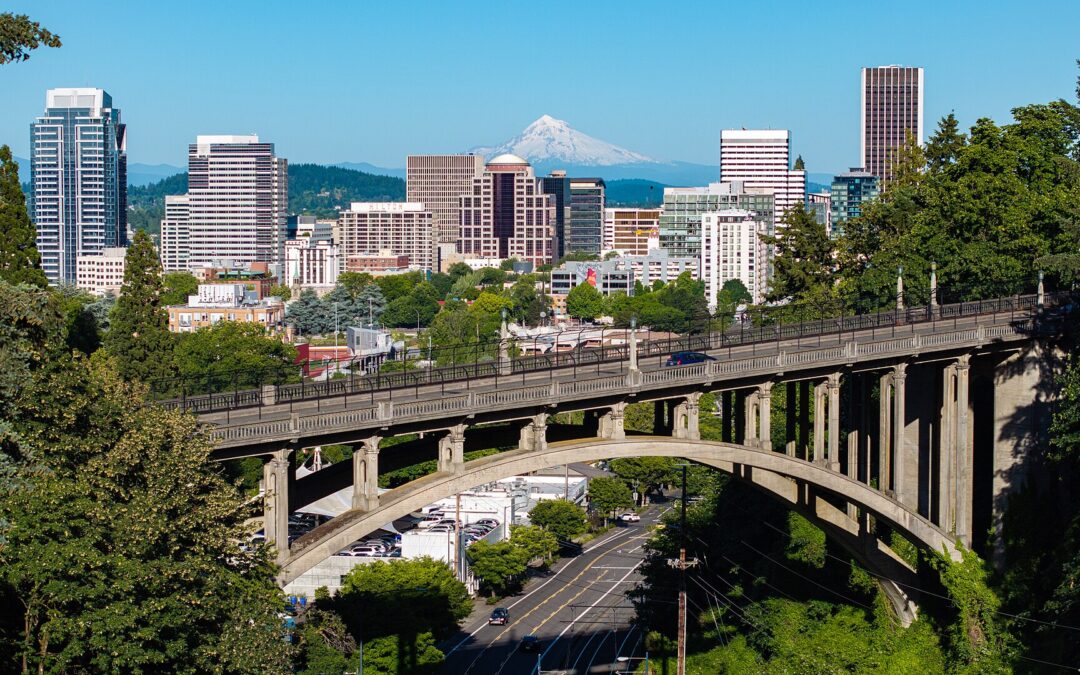
Quick Bits: Portland, Oregon is a city that doesn’t try to impress with flash. It wins hearts through soul. Set between the Columbia and Willamette Rivers, this lush city is...
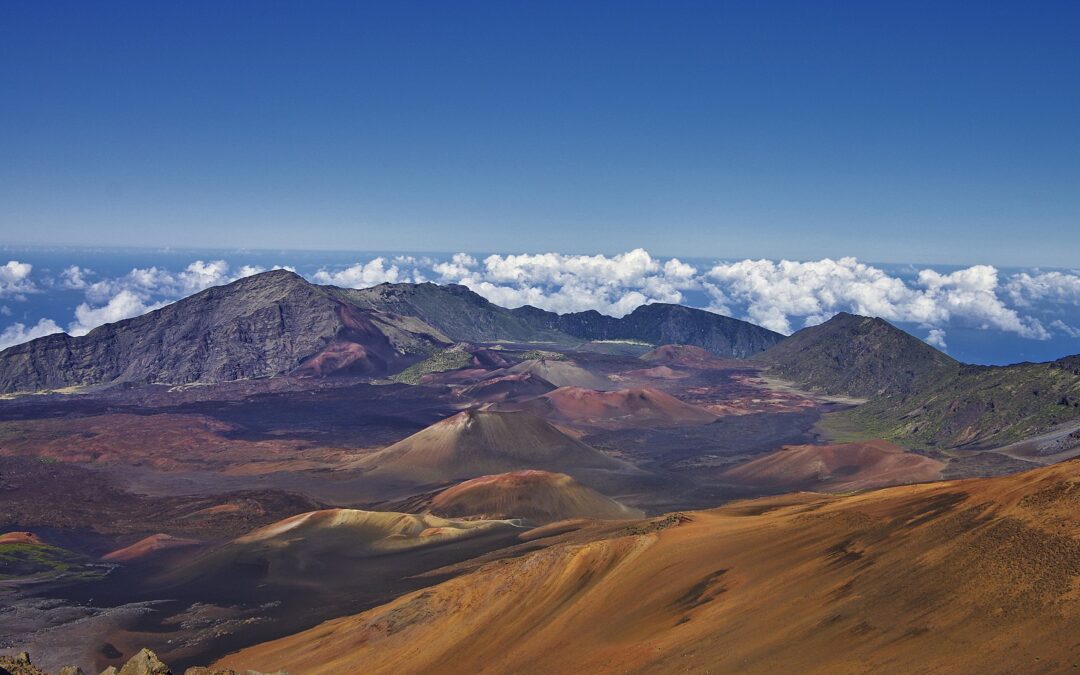
Quick Bits: Haleakala National Park is an awe-inspiring conservation gem located on the Hawaiian island of Maui. Named after the massive shield volcano Haleakala, meaning "House...

Quick Bits: Passo Fundo is a lively city located in Brazil’s southern region. It serves as a cultural, medical, and educational center in the state of Rio Grande do Sul. Often...
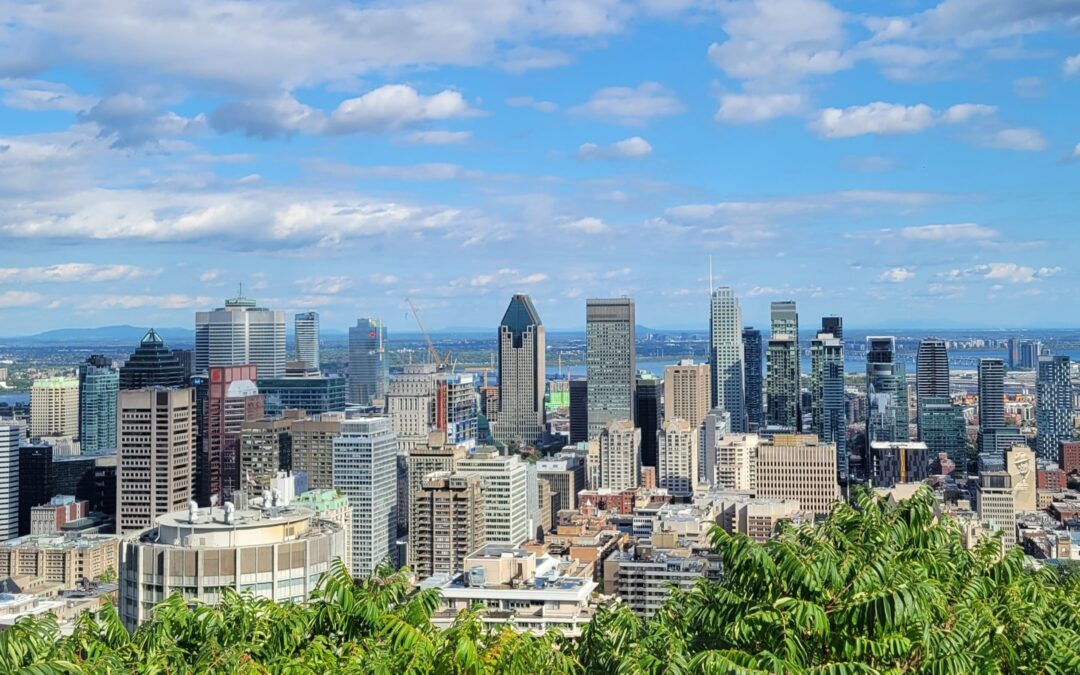
Quick Bits: Montréal is a city that dances to the rhythm of creativity and culture. As the largest city in Québec and the second-largest in Canada, it offers a magnetic pull for...
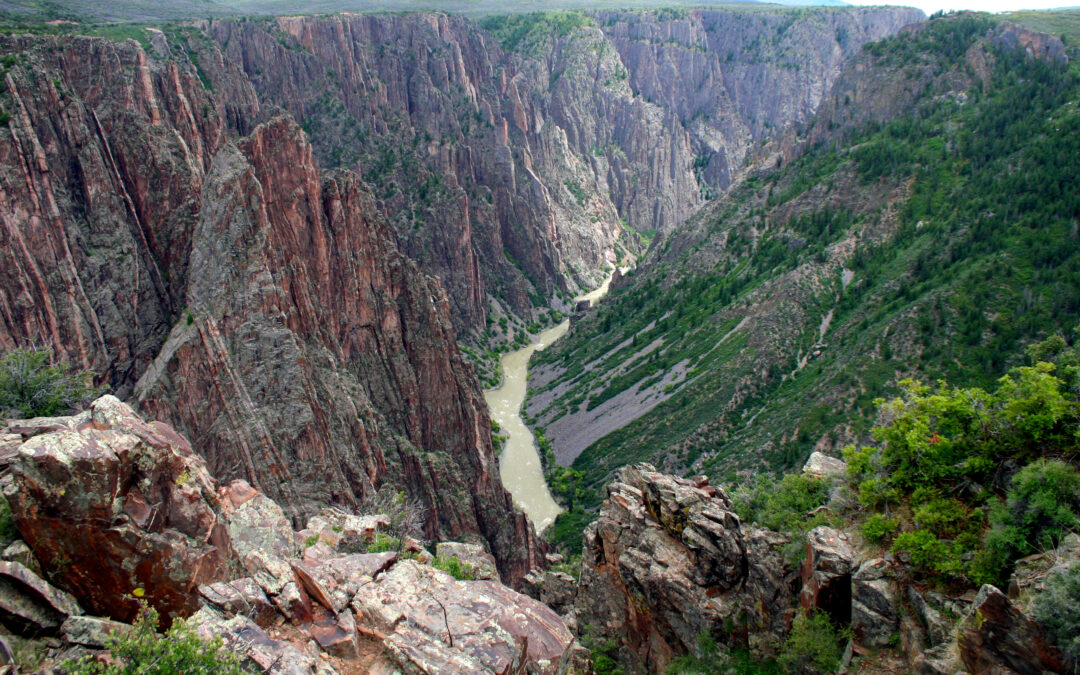
Quick Bits: Black Canyon of the Gunnison National Park captures raw beauty in stone and sky. The canyon’s walls drop so sharply that light barely touches the bottom. The Gunnison...

Quick Bits: Mexicali stands as the capital city of Baja California, Mexico. It borders Calexico in California, forming part of the larger California-Mexico binational region....
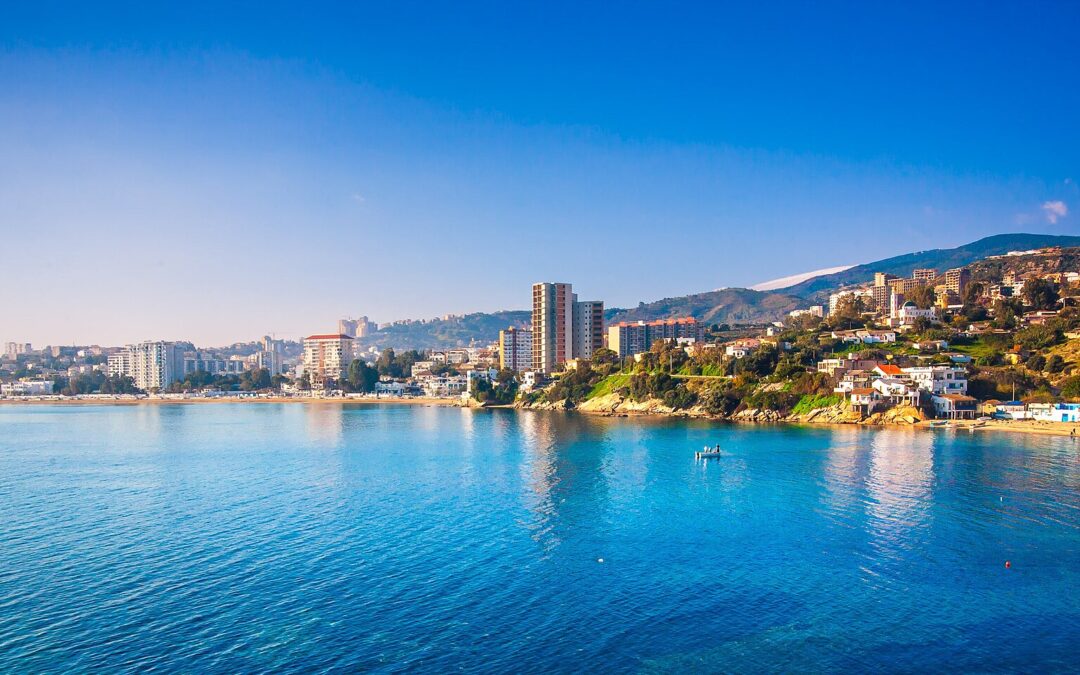
Quick Bits: Annaba shines along the northeastern coast of Algeria. It blends Mediterranean charm with ancient Roman roots and Islamic influence. Once known as Hippo Regius, this...
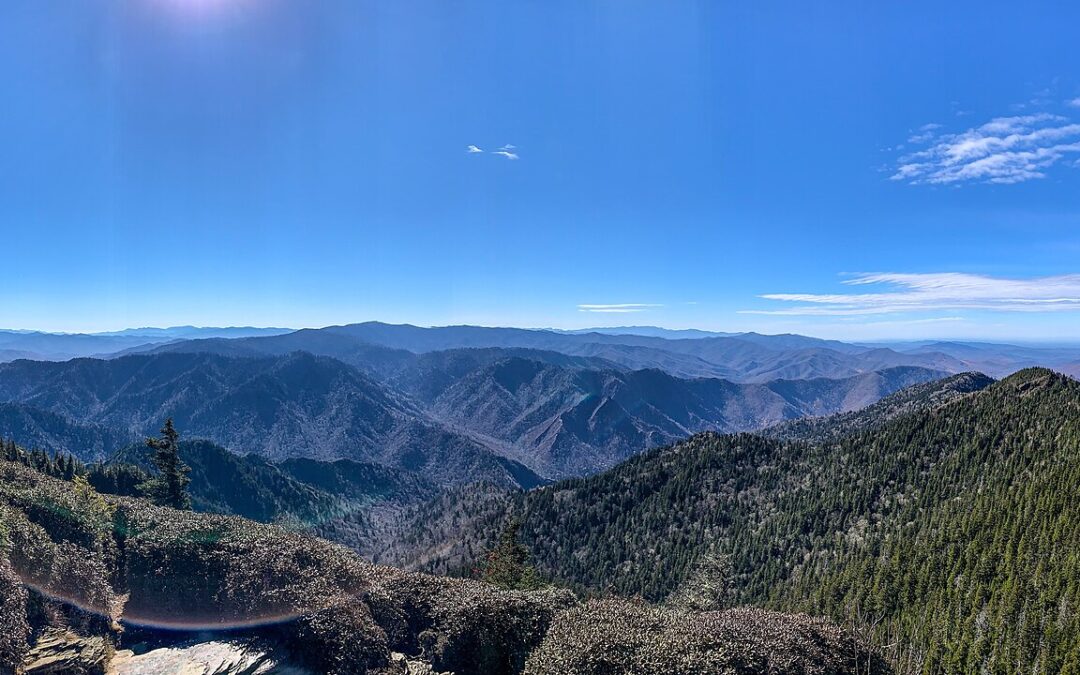
Quick Bits: Great Smoky Mountains National Park straddles the border between North Carolina and Tennessee. It is the most visited national park in the United States. With more...
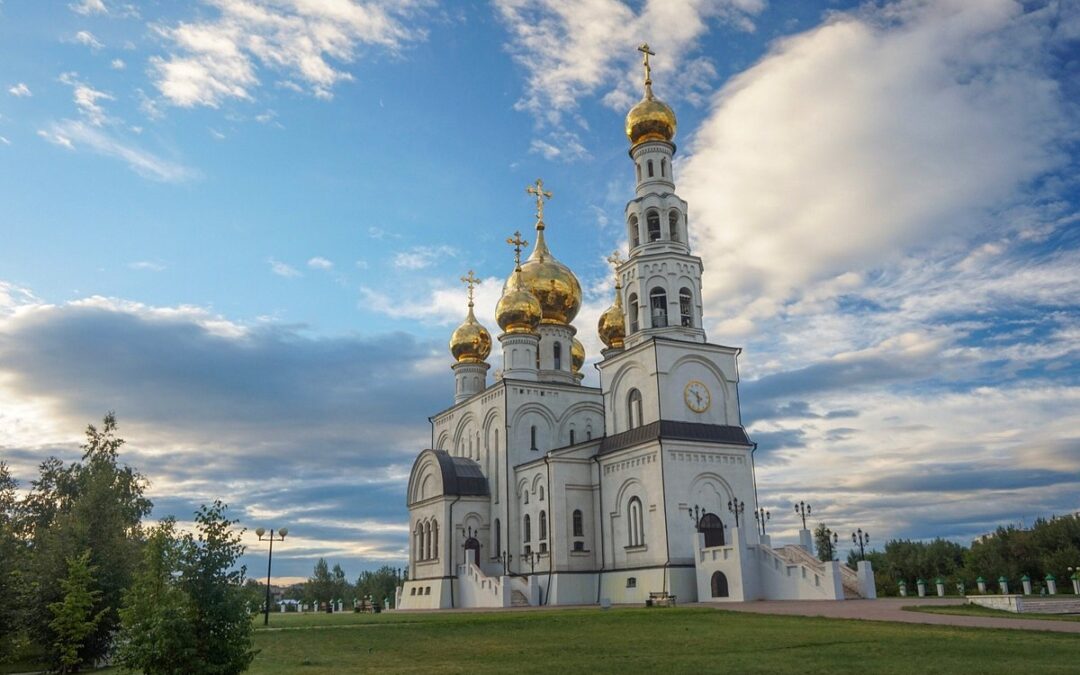
Quick Bits: Abakan sits quietly in the southern cradle of Siberia. As the capital city of the Republic of Khakassia, it stands on the Yenisei River, surrounded by rolling hills...
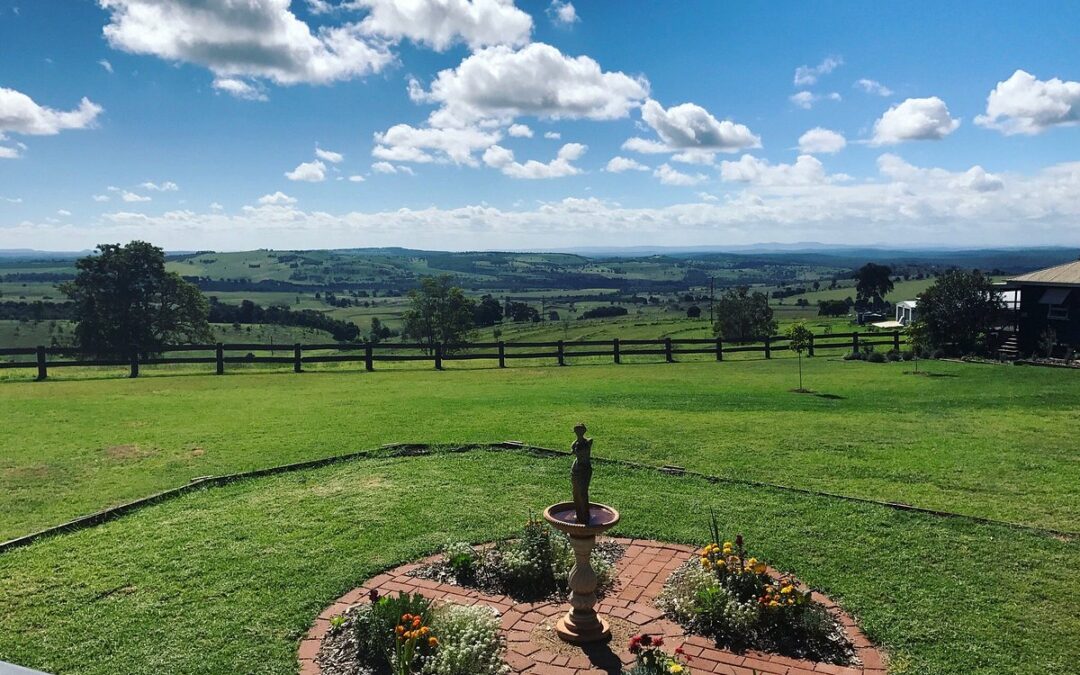
Quick Bits: Kingaroy is a rural gem located in the South Burnett Region of Queensland. Known for its sprawling peanut fields and blue silos, the town balances country charm with...
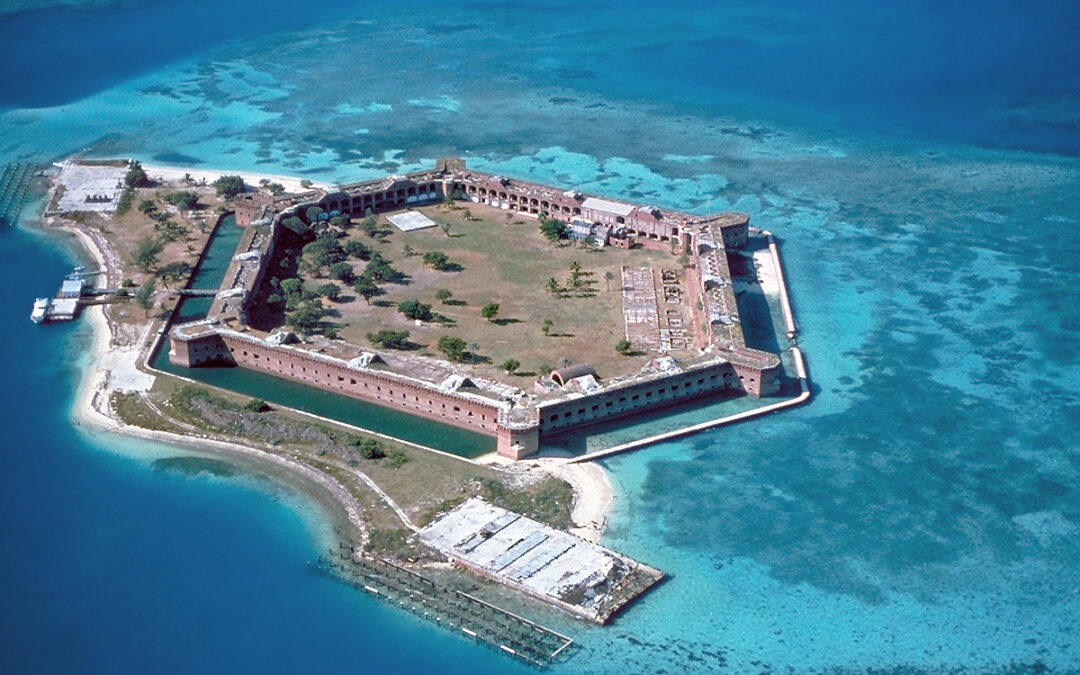
Quick Bits: Dry Tortugas National Park is a remote cluster of islands in the Gulf of Mexico. Famous for its blue waters, coral reefs, and historic Fort Jefferson, the park offers...
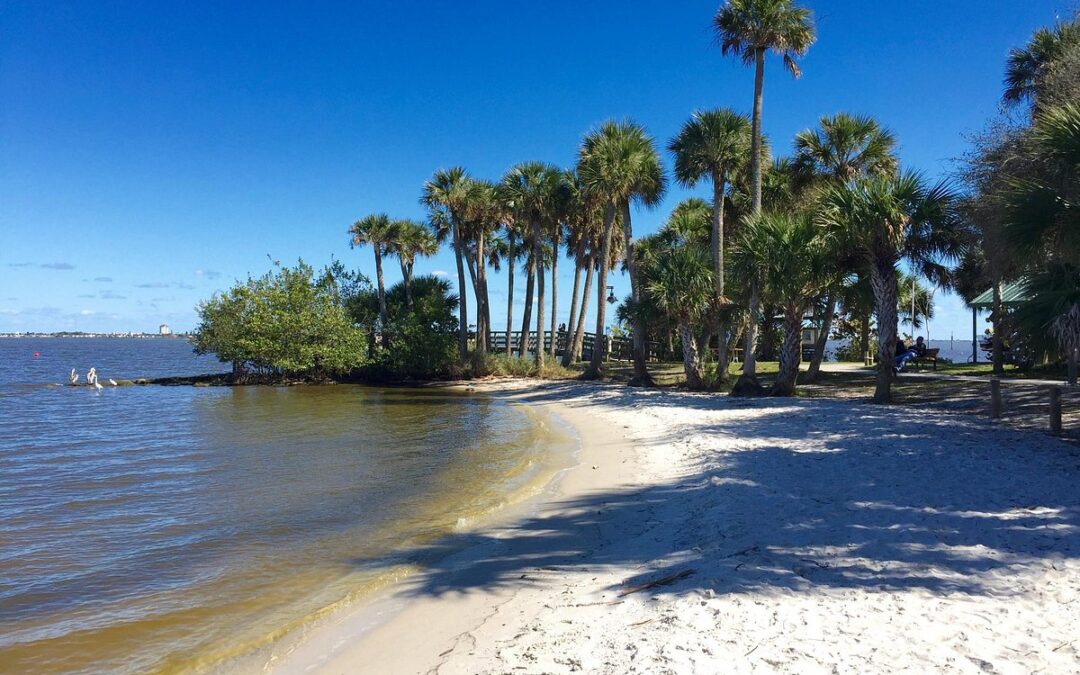
Quick Bits: Palm Bay lies along Florida's eastern coastline in Brevard County. With its tranquil setting, rich ecological diversity, and welcoming neighborhoods, it’s a...
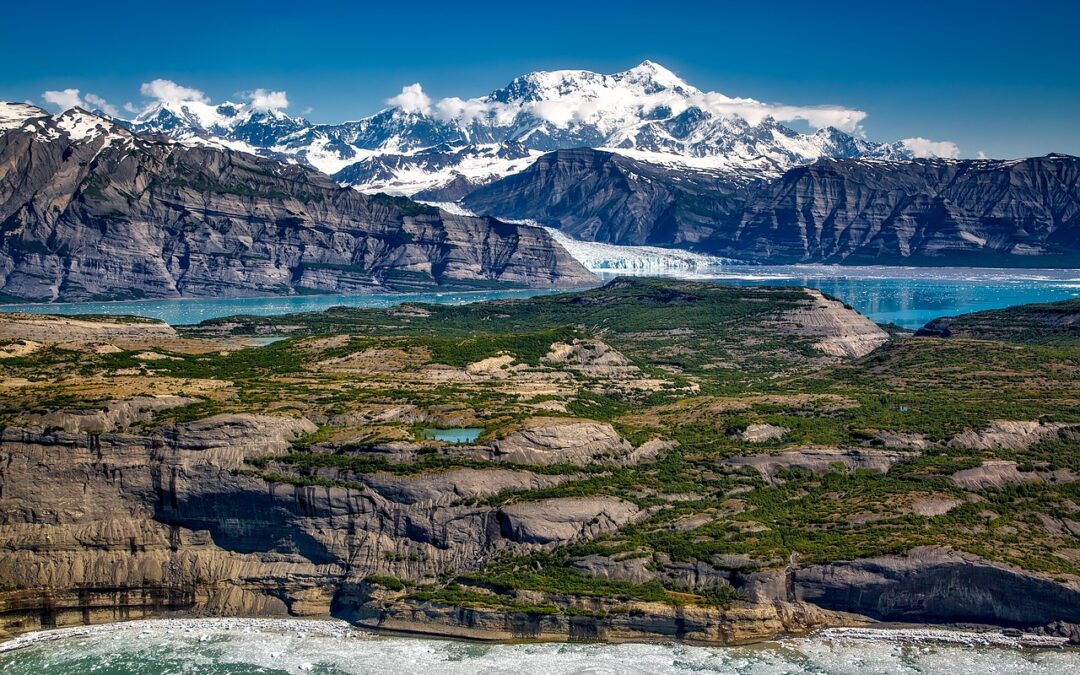
Quick Bits: Wrangell-St. Elias National Park spans the wild heart of southeastern Alaska. Covering over 13 million acres, this park is unmatched in scale and untamed beauty. It...